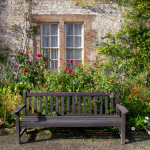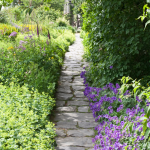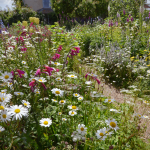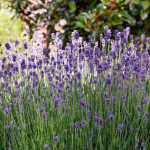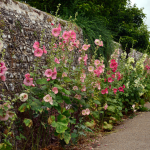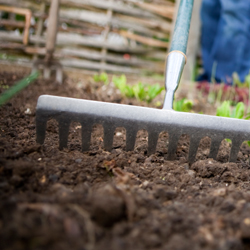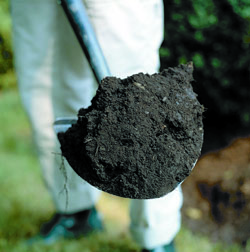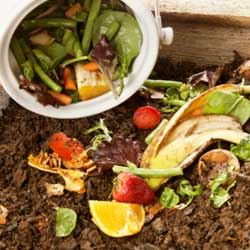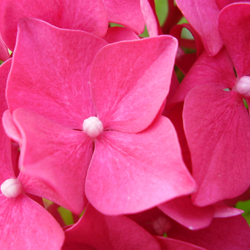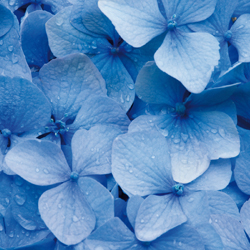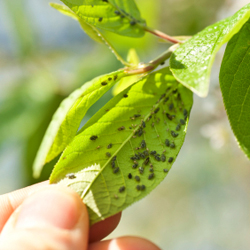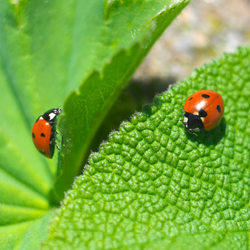Gardening for Kids: A Fun and Educational Outdoor Activity
Introducing children to gardening is a wonderful way to spark their curiosity about nature, teach responsibility, and enjoy quality family time outdoors. Whether you have a large backyard or just a few pots on a patio, gardening can be an engaging and rewarding experience for kids of all ages. Here’s how to make gardening fun and educational for young green thumbs!
Why Gardening is Great for Kids
1. Hands-On Learning
Gardening helps children learn about plant life cycles, soil health, and even pollinators like bees and butterflies. It’s a great way to introduce basic science concepts in a fun and interactive way.
2. Encourages Healthy Eating
Kids are more likely to eat vegetables they’ve grown themselves! Planting easy-to-grow crops like cherry tomatoes, carrots, and strawberries can encourage them to try new, healthy foods.
3. Builds Responsibility and Patience
Caring for plants teaches kids to be responsible by watering, weeding, and observing growth. It also helps them understand that good things take time to grow.
4. Enhances Fine Motor Skills
Digging, planting seeds, and picking flowers help develop hand-eye coordination and fine motor skills, essential for young children’s development.
How to Start a Kid-Friendly Garden
1. Choose the Right Spot
Pick a safe and accessible location with plenty of sunlight. Raised garden beds, container gardens, or small garden patches work well for kids.
2. Select Easy-to-Grow Plants
Some plants are more forgiving and sprout quickly, keeping kids engaged. Great options include:
- Sunflowers – Tall and fun to watch grow.
- Radishes – Fast-growing and great for beginners.
- Lettuce – Quick to sprout and easy to harvest.
- Strawberries – Sweet, rewarding, and fun to pick.
3. Provide Child-Friendly Tools
Equip kids with small, lightweight gardening tools like:
- A mini shovel and rake
- A watering can with a gentle spout
- Gardening gloves
Fun Gardening Activities for Kids
1. Create a Themed Garden
Make gardening more exciting by designing themed gardens, such as:
- Pizza Garden – Grow basil, tomatoes, and peppers.
- Butterfly Garden – Plant milkweed, lavender, and coneflowers.
- Rainbow Garden – Grow colorful flowers and veggies in a rainbow pattern.
2. Start a Seedling Experiment
Use egg cartons or clear cups to start seeds indoors and watch them sprout before transferring them outside.
3. Make a DIY Fairy or Dinosaur Garden
Encourage creativity by adding tiny fairy houses, gnomes or dinosaur figurines among plants for a magical touch.
4. Track Growth with a Garden Journal
Have kids draw pictures or take notes about their plants’ progress, reinforcing observation and writing skills.
Tips for Keeping Kids Engaged in Gardening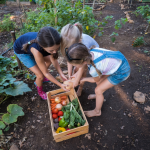
- Keep tasks short and fun – Young kids have short attention spans, so make activities quick and engaging.
- Let them get messy – Dirt is part of the fun! Encourage hands-on exploration.
- Celebrate successes – Even if only one plant grows, praise their effort and curiosity.
- Incorporate storytelling – Read books about gardening or invent garden-related adventures.
Gardening with kids is not just about growing plants—it’s about growing memories, curiosity, and a love for nature. Get started today and enjoy the journey of discovering the wonders of gardening together!






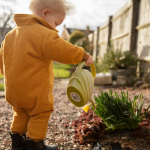

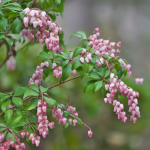
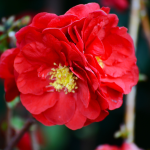
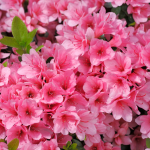
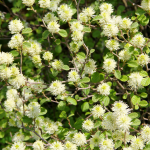
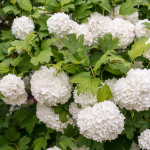

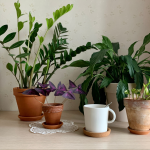
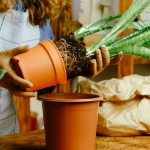
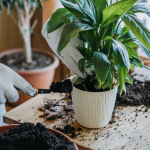
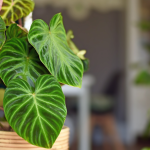

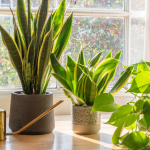
 hollyhocks, delphiniums, and foxgloves. Whether you’re starting from scratch or refining an existing space, this guide will walk you through everything you need to know about planning a romantic, flower-filled cottage garden.
hollyhocks, delphiniums, and foxgloves. Whether you’re starting from scratch or refining an existing space, this guide will walk you through everything you need to know about planning a romantic, flower-filled cottage garden.